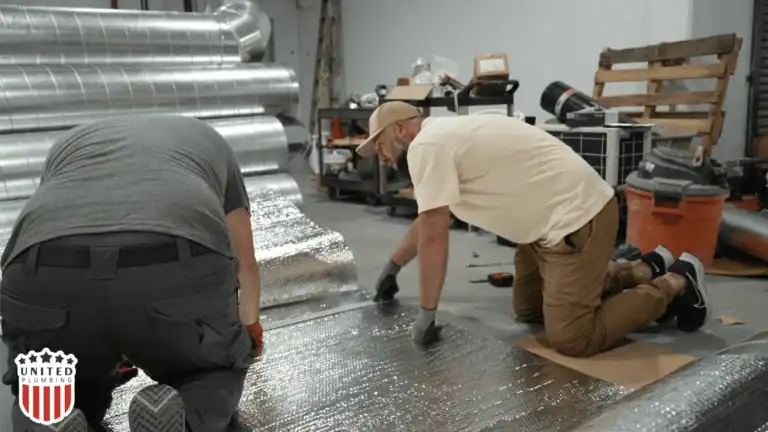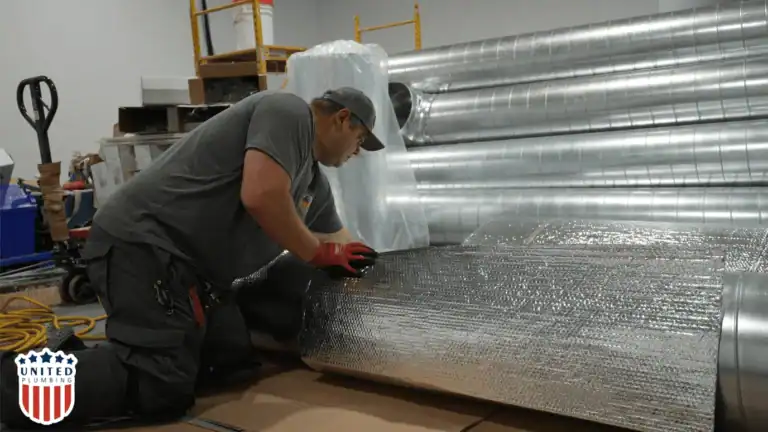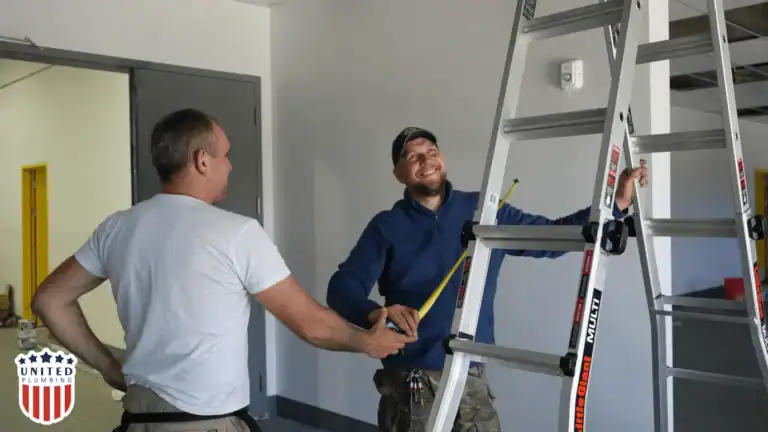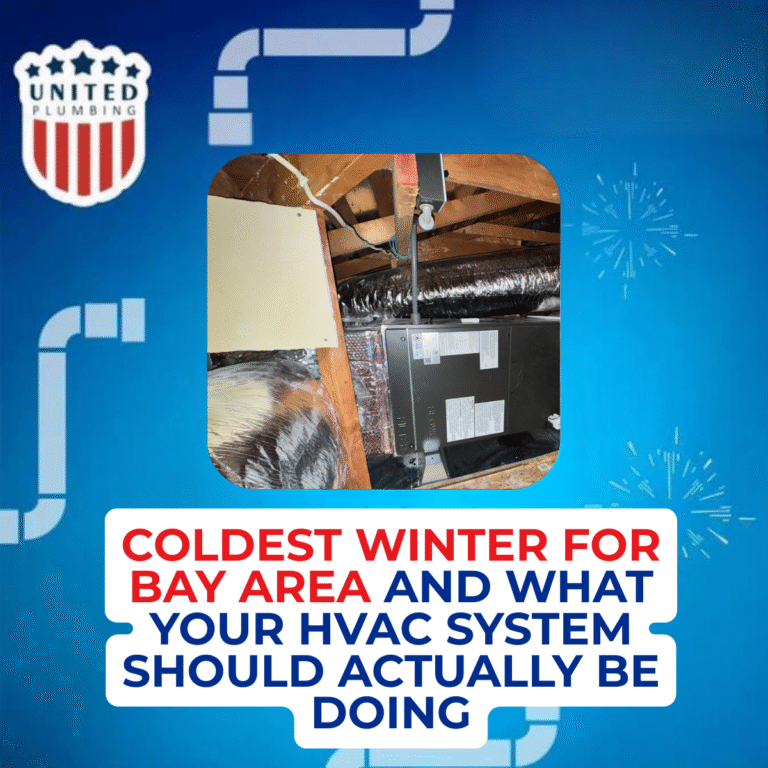FIVE-STAR TEAM WARRANTY &
SAME-DAY SERVICE
5 Ways to Make Your Home’s Electrical System More Energy-Efficient

Between skyrocketing utility bills and growing concern over climate change, many homeowners are out shopping for the best ways to incorporate more energy-efficient electrical system in their homes. So here’s the truth, your electrical system does have a significant role to play in your home’s energy consumption. And when it comes down to it with a few wise upgrades, you can cut energy waste, lower your electricity bill, and make your home warmer year-round.
In fact, the U.S. Department of Energy study estimates that the average home wastes about 30% of the energy it consumes—primarily due to outdated appliances, not-so-hot insulation, and inefficient electrical systems. The only thing to remember is thats there’s real potential (and savings!) in making a few well-targeted changes.
Now let’s take a look at 5 powerful changes you can implement right away to make your home’s electrical system more energy efficient and reduce energy costs.
1.Install a Programmable or Smart Thermostat
Look for a programmable thermostat or, better still, a smart thermostat can save you lots of energy usage without compromise on comfort. They learn your routines and control heating and air conditioning automatically and save your save energy when away.
Actually based on the U.S. Department of Energy, lowering your thermostat by 7–10°F for 8 hours a day can save your heating bill and cooling costs cost by up to 10%. Smart thermostats prove particularly useful in peak air conditioning months when energy costs soar.
Options for Smart Thermostat
1. Google Nest Learning Thermostat (3rd Gen)
Why it’s a smart choice: This thermostat learns your schedule and preferences, automatically adjusting to save energy without you having to lift a finger. Its sleek design and easy-to-use interface make it a favorite among homeowners.
2. Ecobee Smart Thermostat Premium with Voice Control
Why it stands out: Equipped with built-in Alexa, this thermostat goes beyond temperature control. It monitors indoor air quality and includes a smart sensor for room-by-room comfort and better energy use.
2.Upgrade to Energy-Efficient Appliances
Older appliances are lot of energy waste. Replace outdated devices with energy-efficient appliances—a new washing machine, fridge, or heat pump water heater—can reduce electricity costs and water consumption.
Select ENERGY STAR® rated appliances that use less energy and allow years of energy conservation. They also qualify for tax credits or rebates under local and national incentives, which can recoup the initial cost.

3.Seal Air Leaks and Improve Your Building Envelope
The walls, windows, doors and insulation that separate your home’s interior from its exterior — collectively known as your building envelope — play a big factor your energy loss. Openings around window frames and door frames can also allow hot air in during the summer and heat loss in winter, making your HVAC system work harder.
Utilize air sealing strategies such as caulking, weatherstripping, or buying energy-efficient windows to prevent heat gain (and lessen cooling costs) and keep cool air in. Bonus: It will also make your home quieter and more comfortable.
4.Switch to LED Lighting and Cut Standby Power
Are you still using incandescent bulbs? You’re leaving big energy savings on the table. LED bulbs consume up to 75% less energy and can last up to 25 times longer. One of the easiest ways to make your home more energy-efficient is to replace your most-used bulbs.
And don’t forget the standby power. Most electronic devices (think TVs, gaming systems, chargers) consume power even when they’re turned off. You can minimize this energy waste and save on your electricity bill with the help of smart power strips.
5.Consider Solar Panels and Renewable Energy
If you’re willing to make a larger upfront investment in your home’s energy consumption, you could install solar panels. Solar power enables you to produce your clean energy, reducing dependence on fossil fuels reducing your carbon footprint.
Today’s solar power systems can even provide hot water, electricity to run your air conditioner and battery backups in case of outages. And, many homeowners are able to reap tax incentives, state tax breaks and credits through the Department of Energy and the Environmental Protection Agency.
Read more on home’s energy-efficient upgrades are only as strong as the panel that powers them. Find out what it costs to upgrade your electrical panel—and why it might be one of the smartest investments you can make.

Making your home’s electrical system more energy efficient does not require a full-blown renovation. Even baby steps — such as installing a smart thermostat or sealing air leaks — can pay dividends on energy savings and make your home greener.
And don’t forget that a professional home energy audit can help you determine how much energy you’re actually using, where energy loss is occurring and what steps will deliver the biggest bang.
Want to learn more about energy-efficient upgrades?
Check out this guide from the Department of Energy on energy conservation tips for homeowners before you invest into your home’s electrical system more energy efficient
Post views: 711
Latest posts

Coldest winter for Bay Area in 2025 And What Your HVAC System Should Actually Be Doing
If your home feels colder than usual this winter, you’re not imagining it. Bay Area home heating systems are being...

Prevent Clogged Faucets: 10 Tips for Homeowners in 2025
Clogged faucets are one of the most common service calls we handle in California homes, and the good news is that...


If you still have questions or need advice, please leave a request and we will contact you as soon as possible
Need a plumber and got no clue where to start?
(408) 539-6936Facing a plumbing issue? Get a FREE in-person estimate and quick solutions from our skilled technicians, ensuring your home runs smoothly again!
